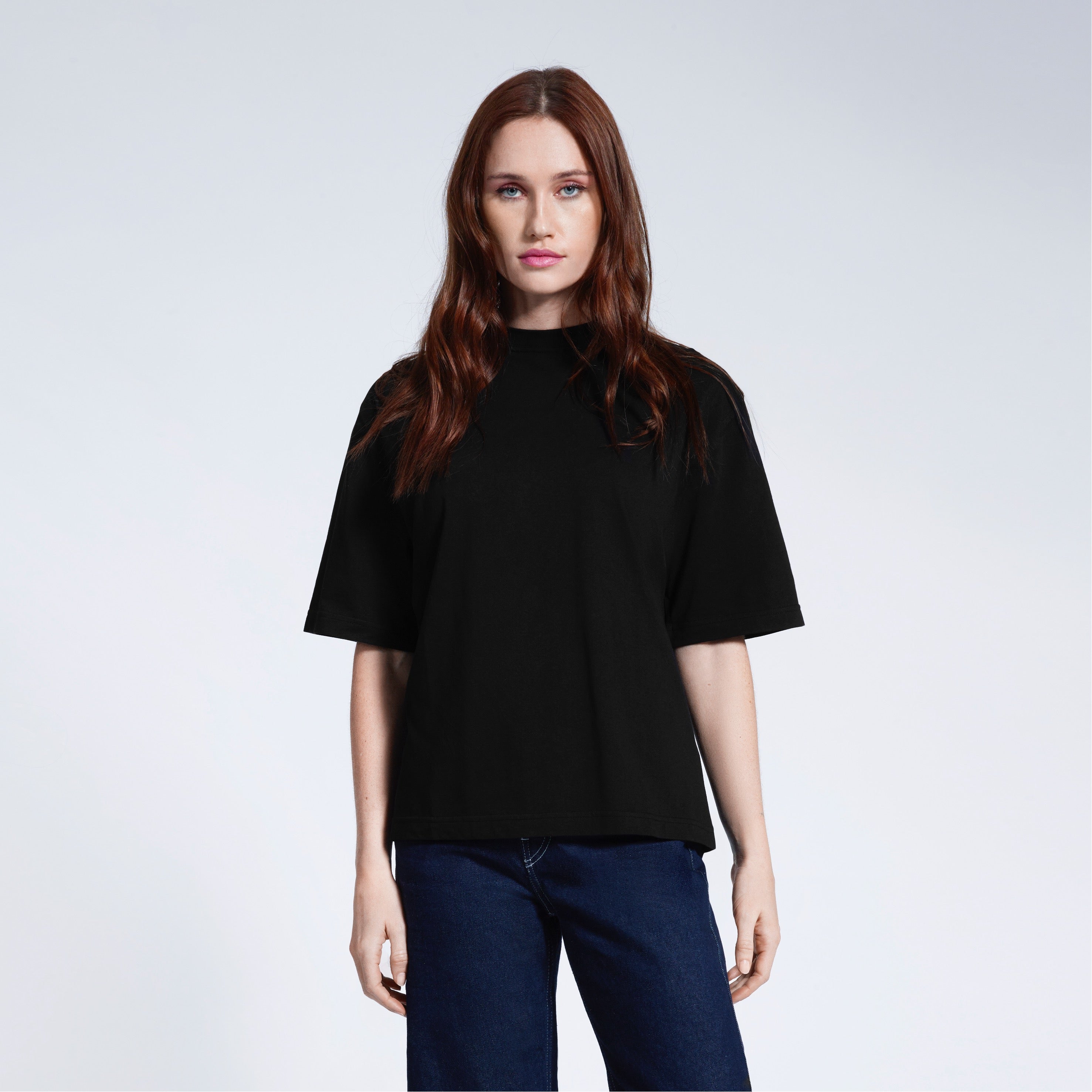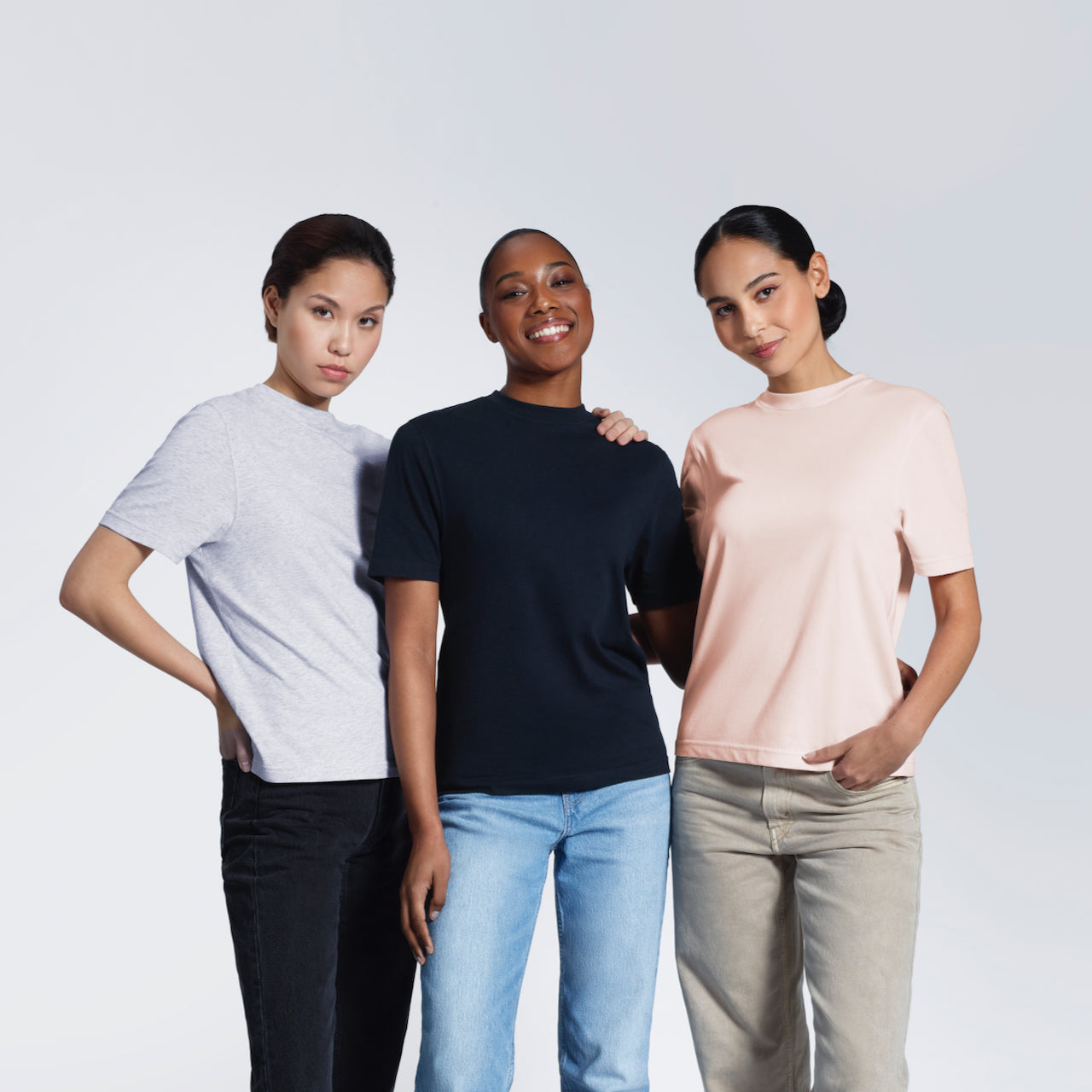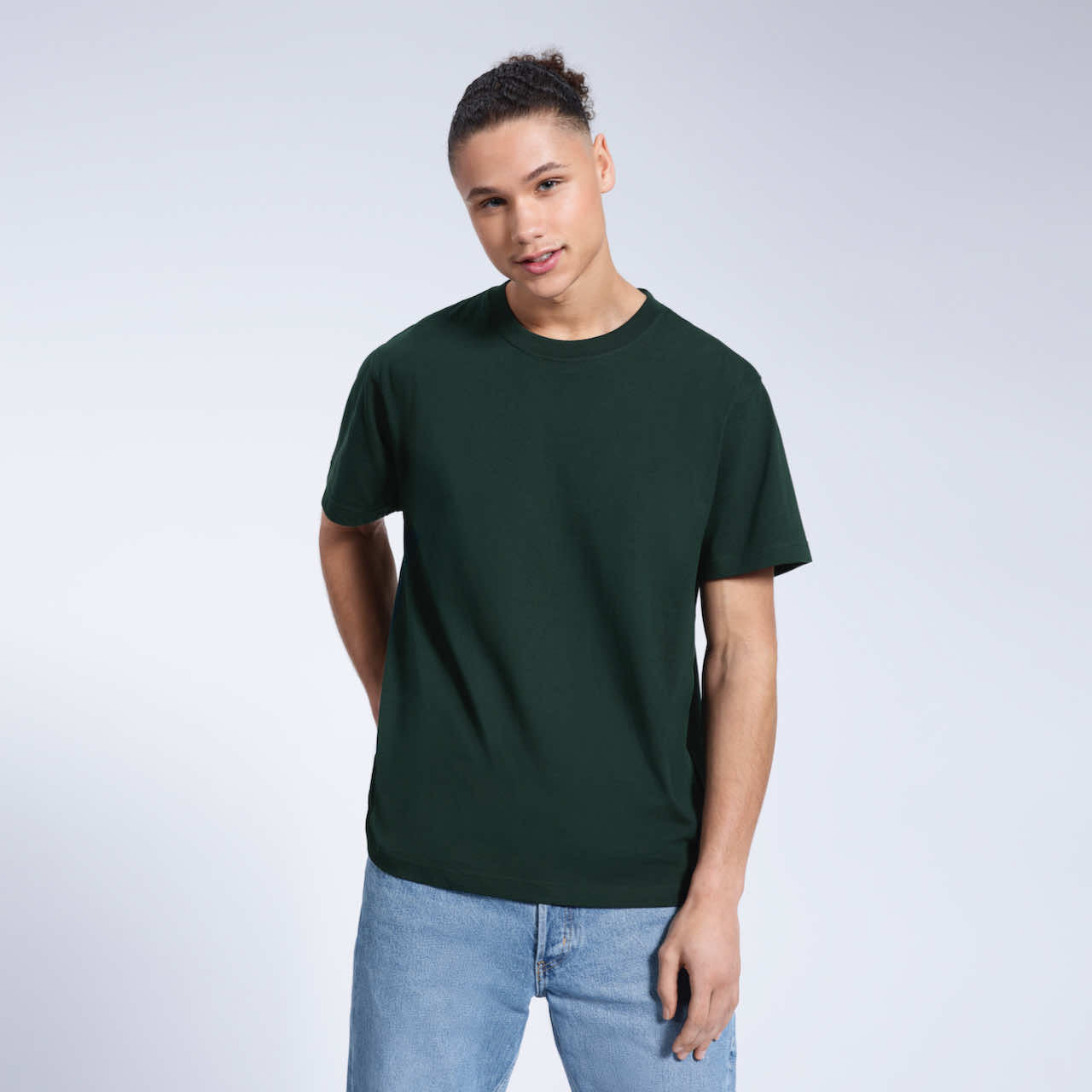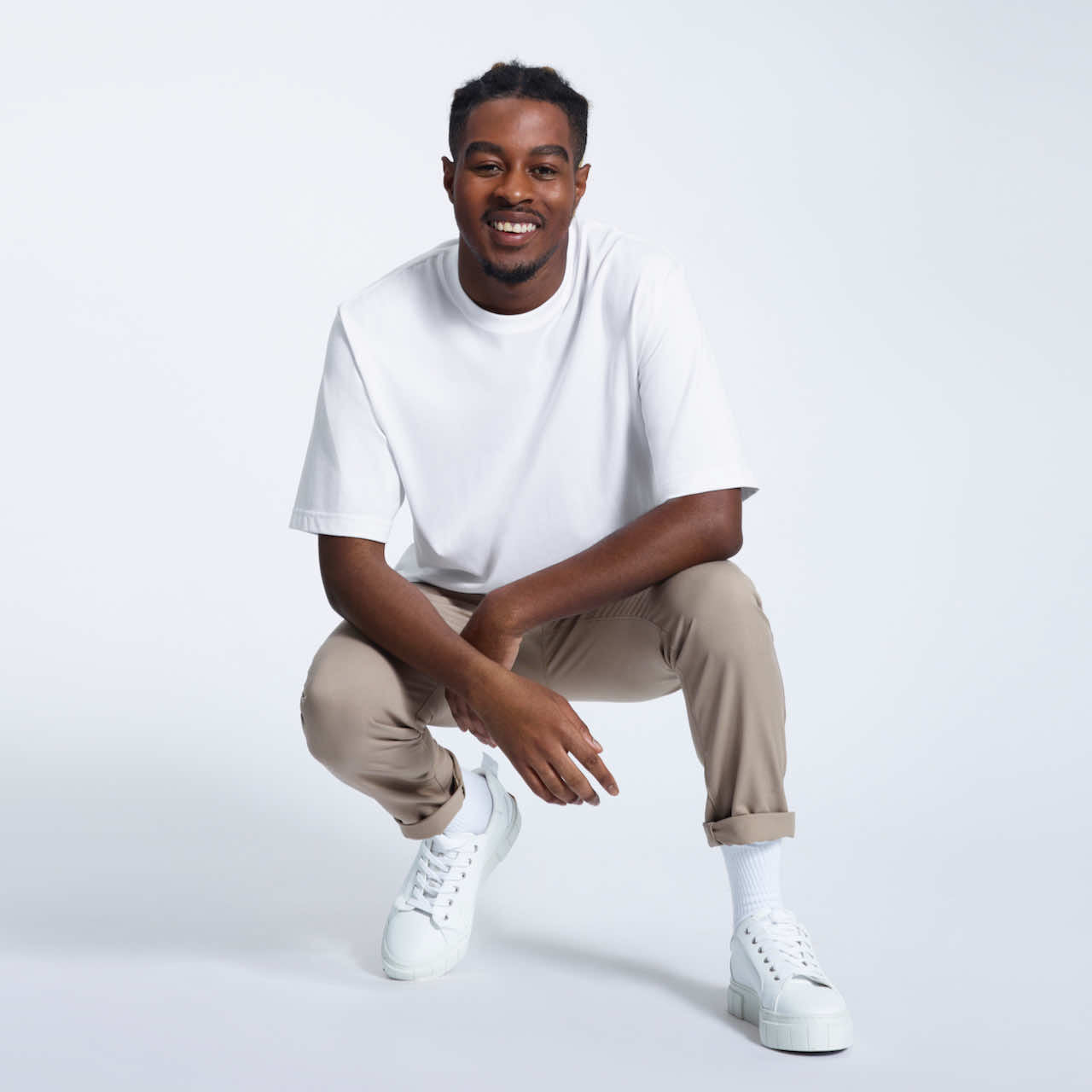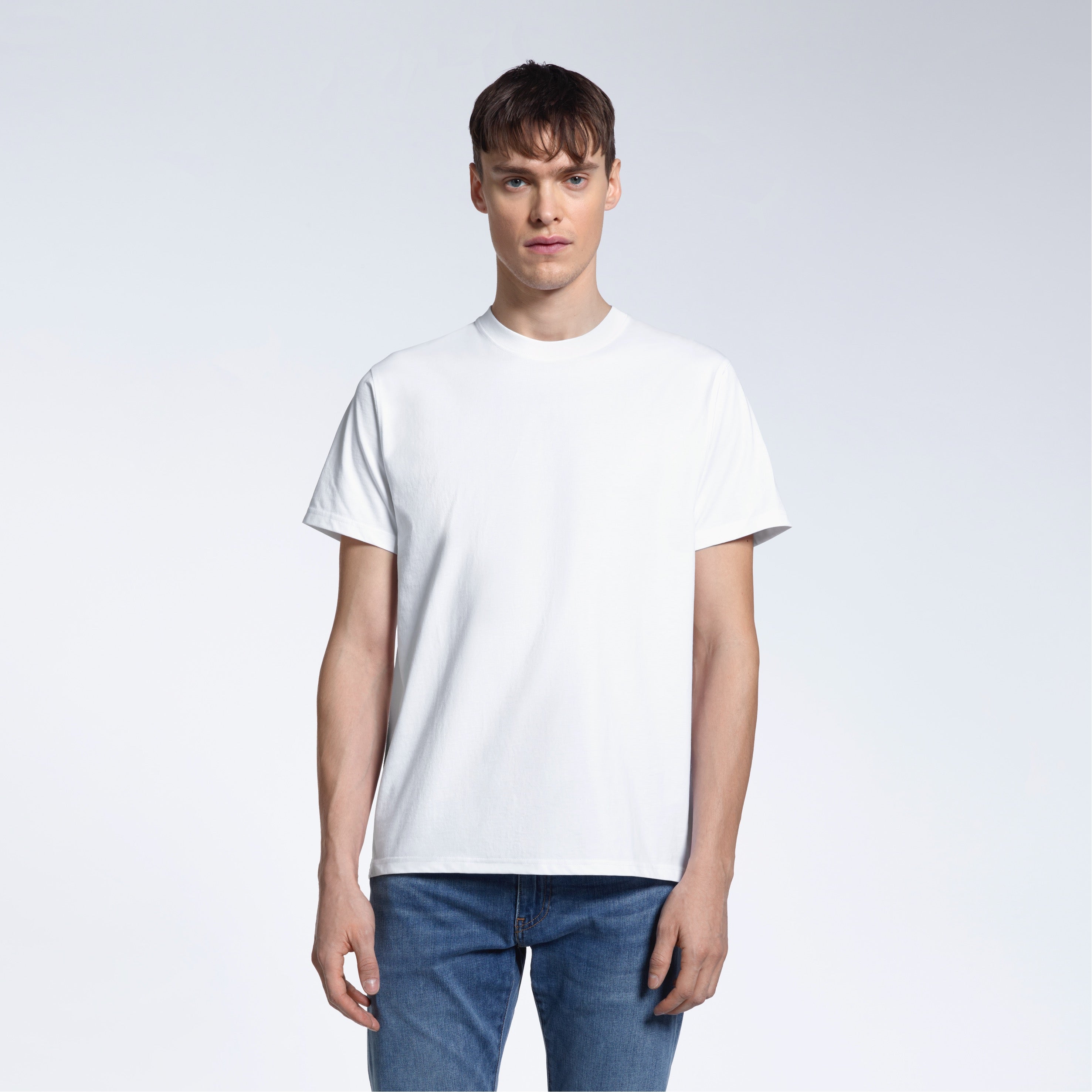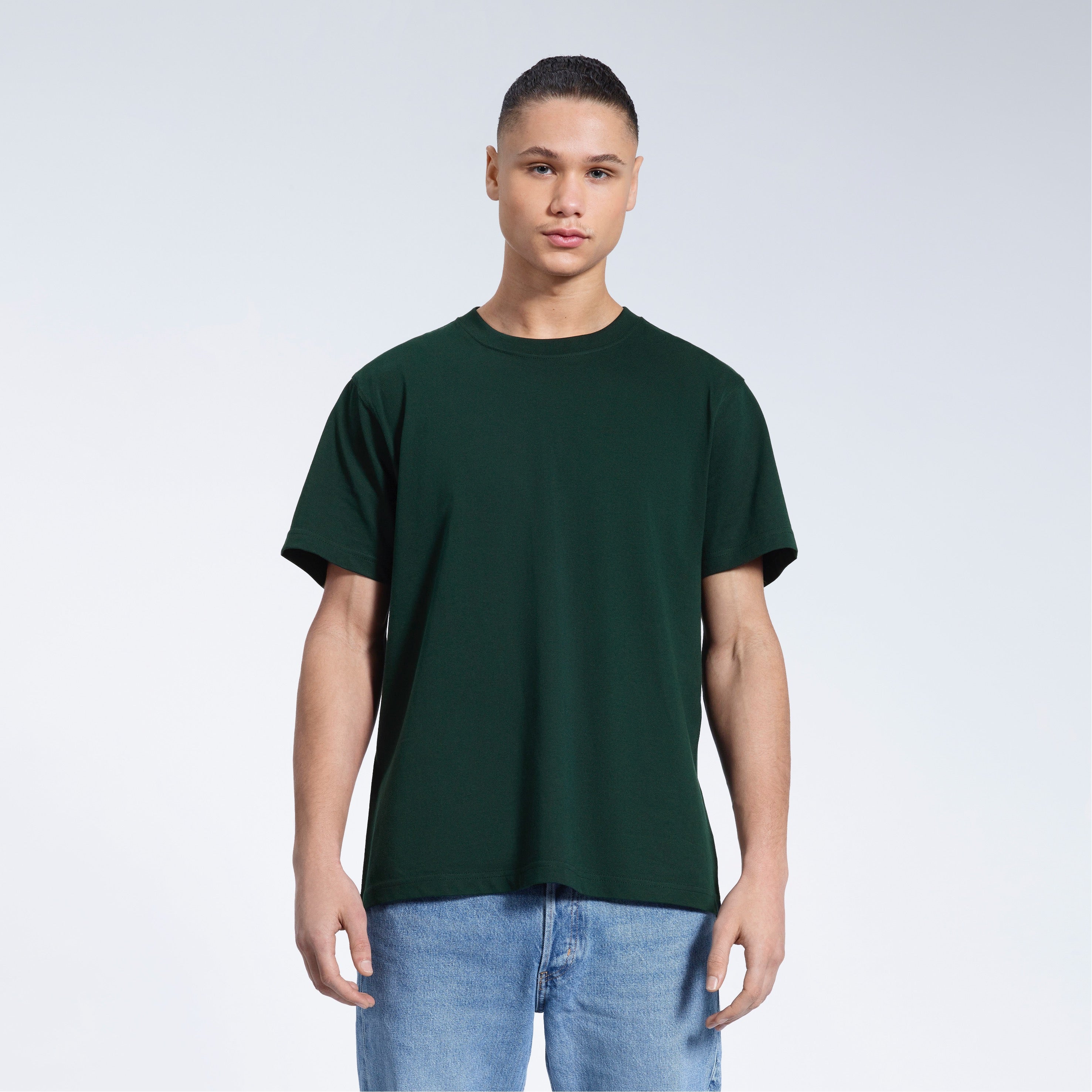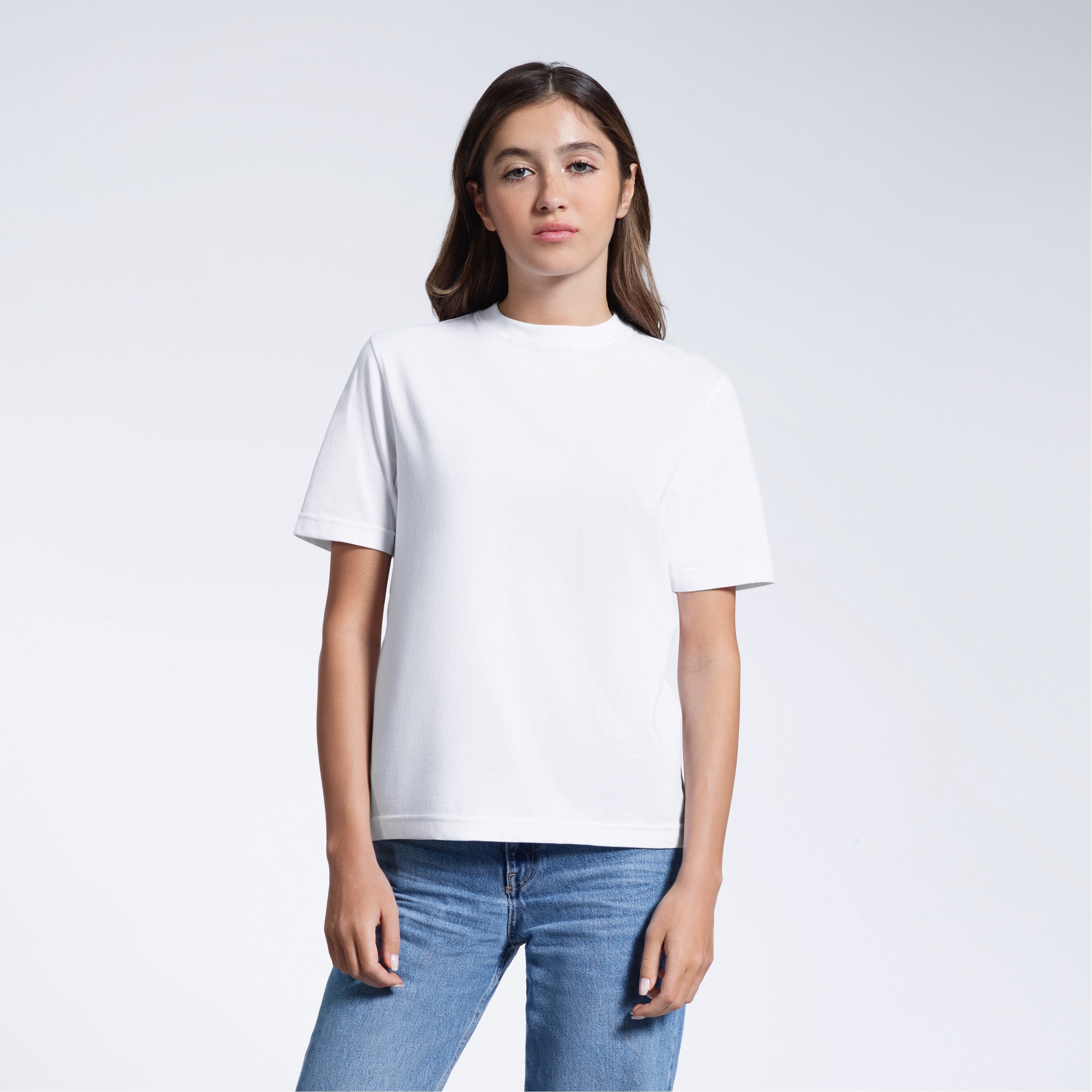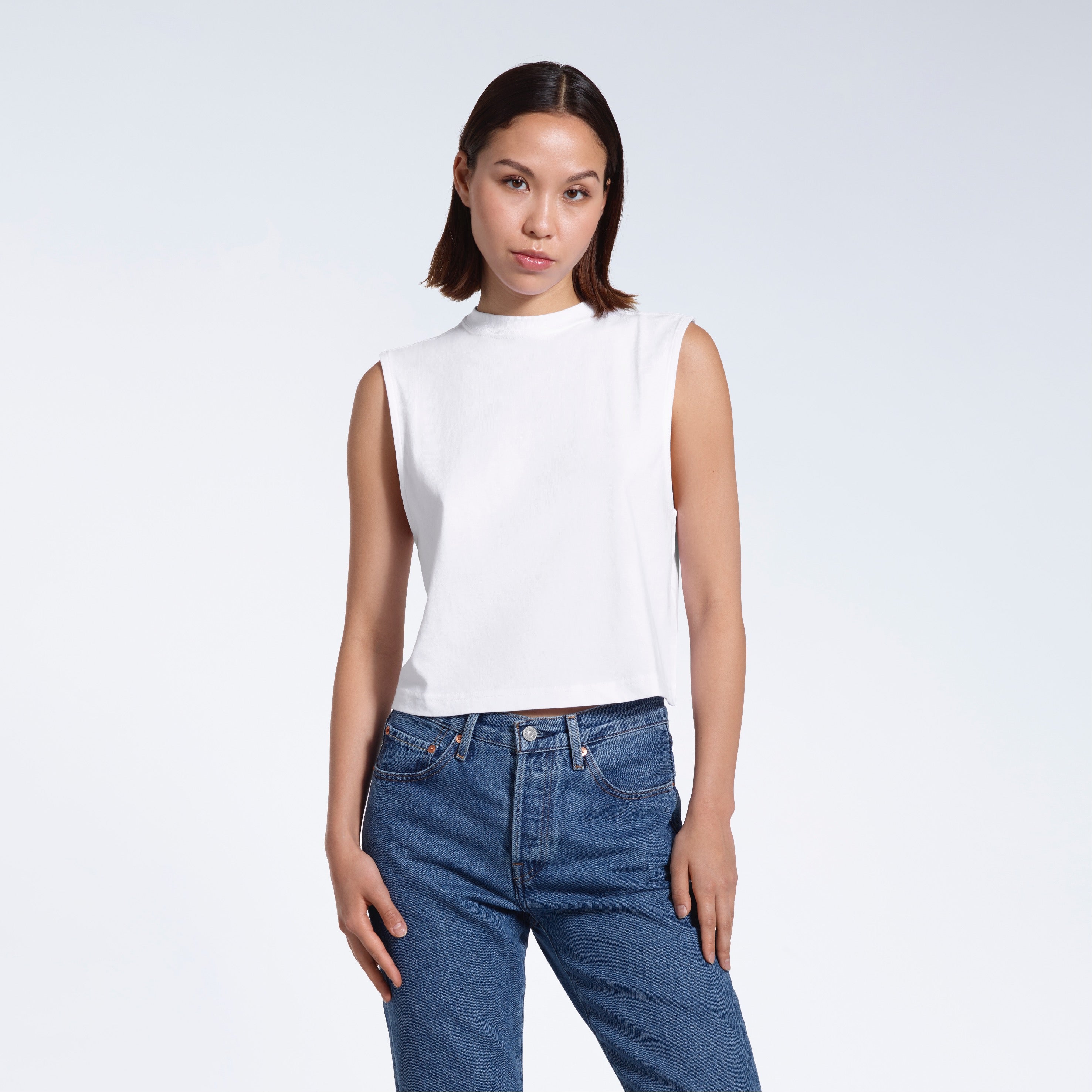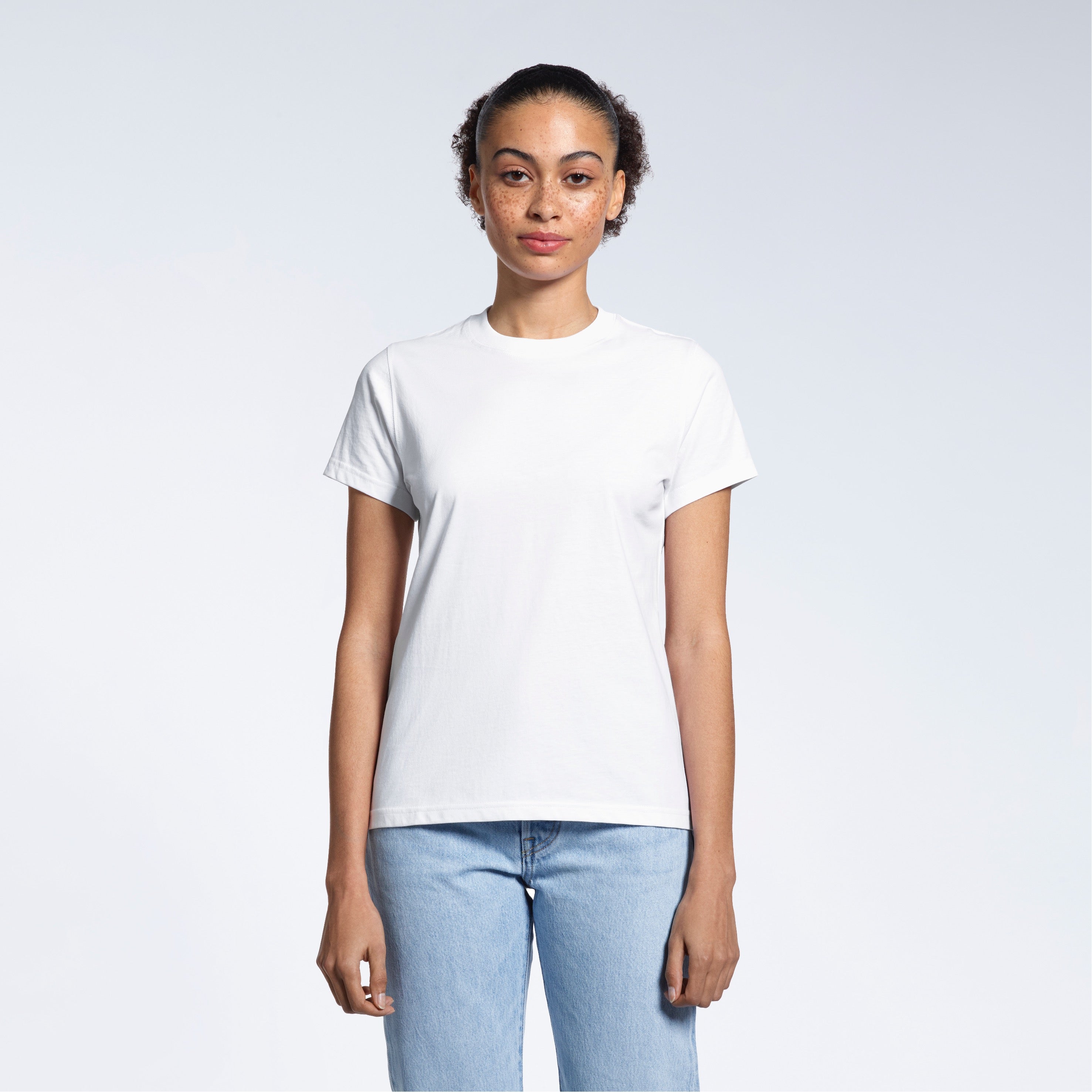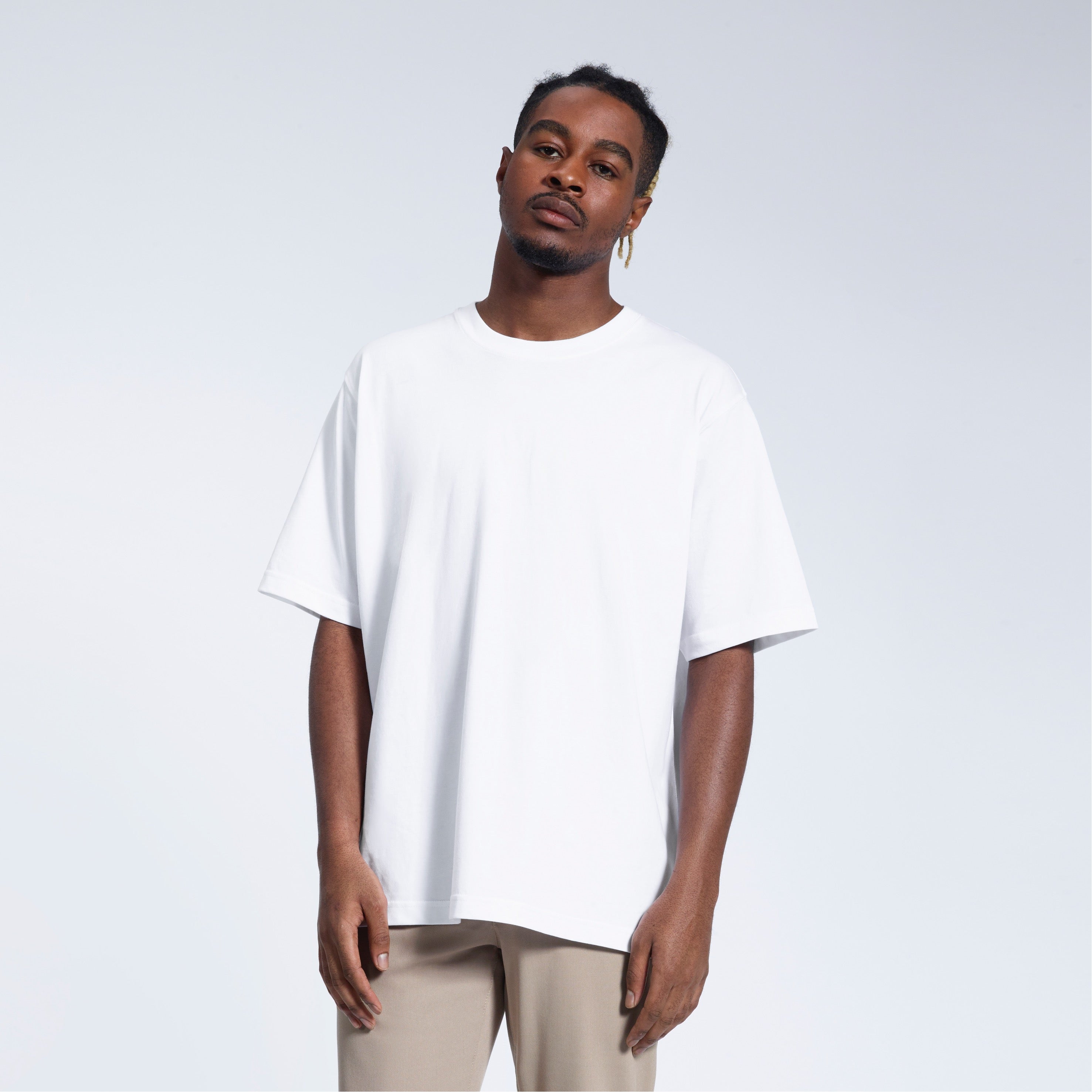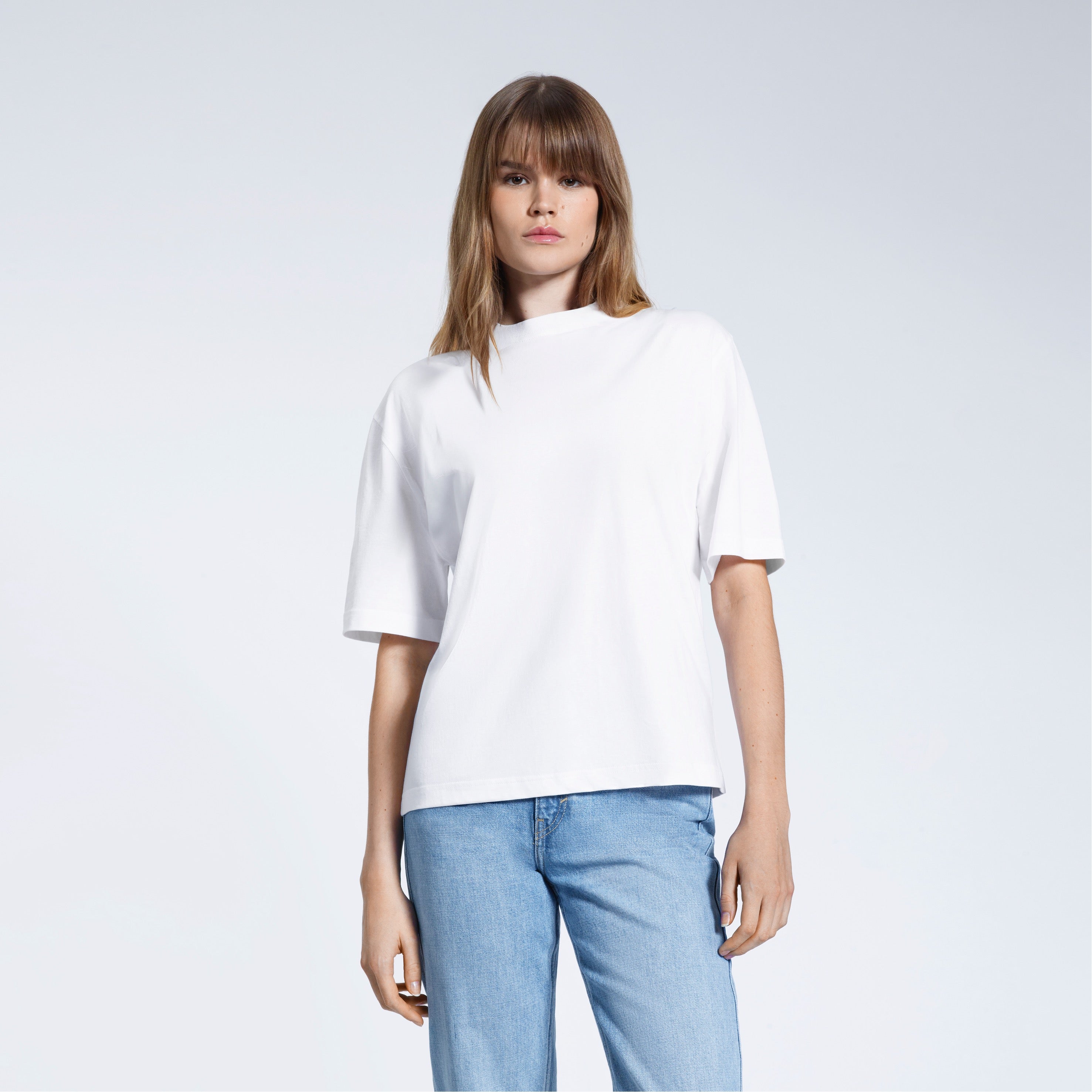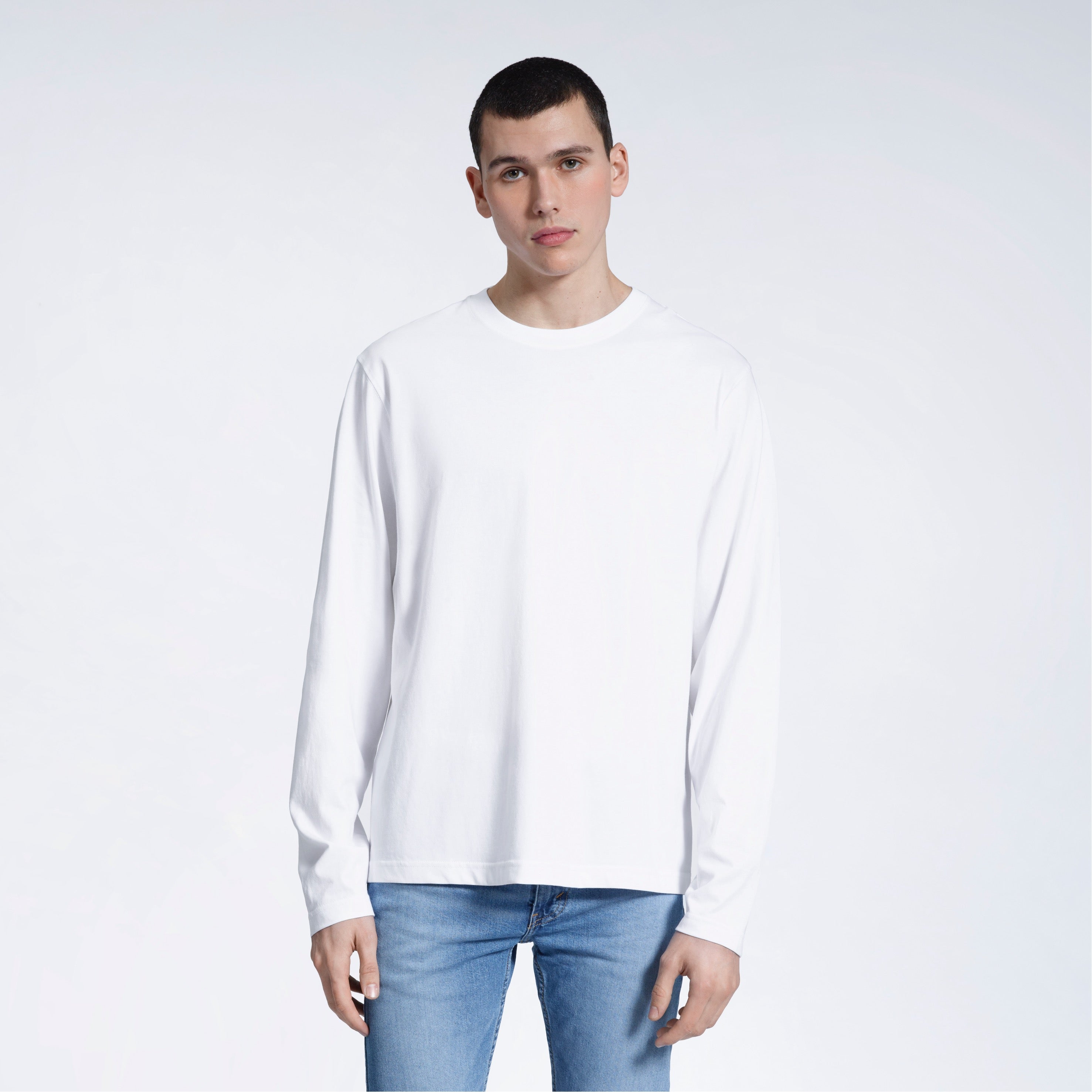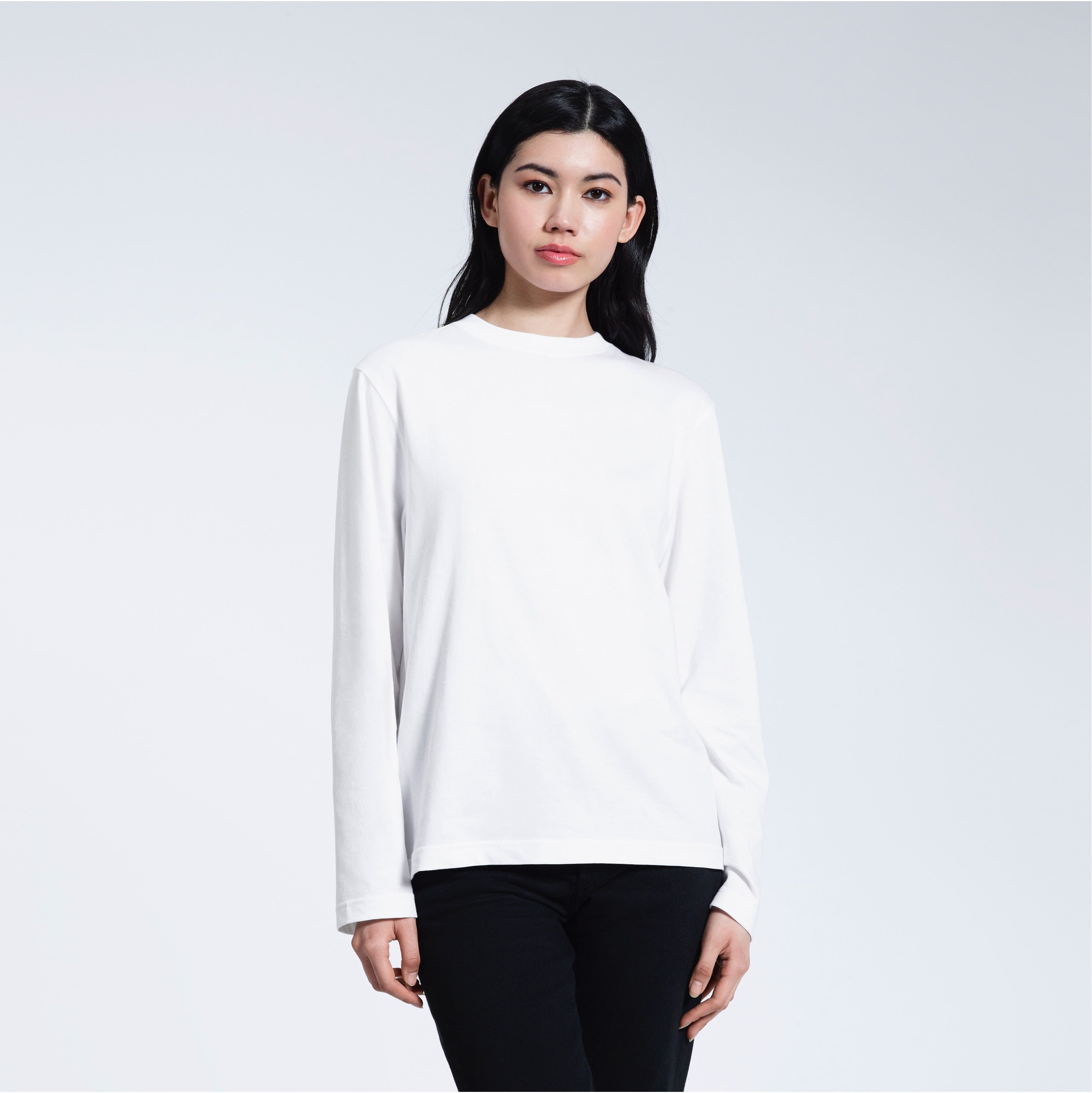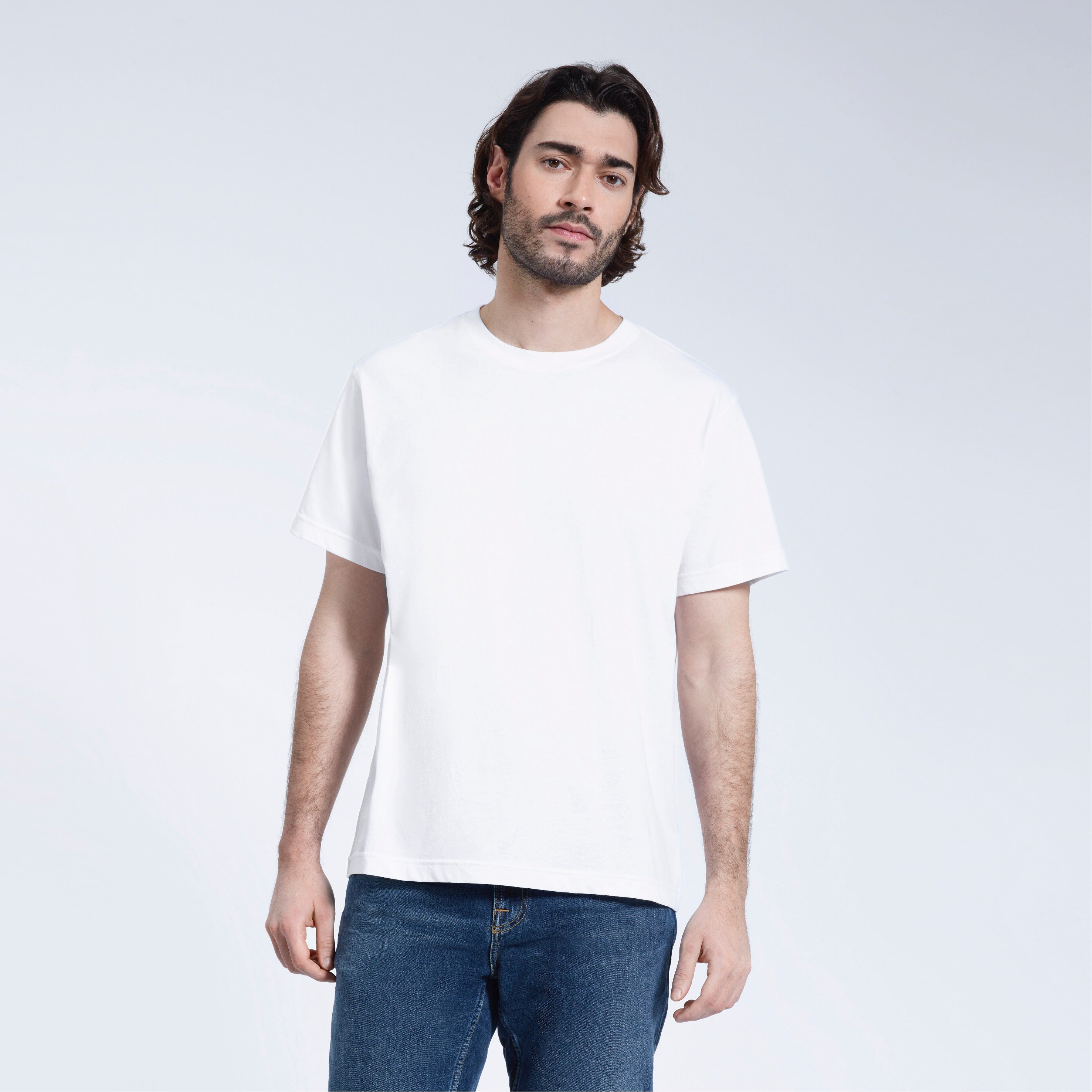
The Rise of Sustainable Fashion: Key Trends for 2025
As 2025 begins, the fashion industry is going through a huge change. More people are becoming aware of how their actions affect the world, and more people want businesses to act more ethically. Sustainable fashion, which used to be a niche issue, is now becoming more popular - it's changing how we think about style, consumption, and responsibility. Here are some of the most important fashion trends we can expect to see in 2025 and why sustainable fashion isn't just a fad.
Most important eco-friendly fashion trends for 2025:
-
The rise of circular fashion
-
New technologies and materials
-
Transparency and ethical practices
-
Used and vintage items are becoming more popular
-
What role do consumer education and participation play?
-
Ethical production and fair treatment of workers
-
Minimalism and timeless designs
-
A collaborative effort for the future of sustainable fashion
The rise of circular fashion
The growth of circular fashion is one of the most important trends that will shape the future of eco-friendly fashion. The standard linear model says that clothes are made, worn, and then thrown away. Circular fashion, on the other hand, focuses on the whole lifecycle of a garment. To make a closed-loop system, clothes should be designed to be remade, recycled, or composted when they wear out.
We can expect more brands to use circular methods this year. Companies are making goods that are easier to take apart and recycle, they’re putting in place "take-back" programmes so people can return their old clothes to be fixed up or recycled, and they’re using materials that break down naturally or are made from recycled fibres. Plainandsimple, Patagonia, and Stella McCartney are already leaders in this field, and many other brands may follow their lead.
New technologies and materials
Material and technology improvements are at the heart of the growth of sustainable fashion. In 2025, you can expect to see a huge number of new materials being used that have little effect on the Earth. Fabrics are being made from unusual sources, like lab-grown leather, materials made from mushrooms, and textiles made from algae. Not only do these materials cut down on the use of animal products and fabrics made from petroleum, but they also have special properties like lasting longer and breaking down naturally.
Also, technology will be crucial for making things more sustainable. More people will use smart textiles that can adapt to different circumstances and fabrics that can fix themselves. Technologies like 3D printing and digital fabric printing will make it possible to make things as people need them. This will cut down on waste and overproduction, which is a big problem in the fashion business.
Transparency and ethical practices
Consumers are increasingly relying on transparency to help them decide what to buy. A greater number of people will want to know more about where their clothes come from and how they were made. Brands are becoming more open about their supply chains, how they treat workers, and how their goods affect the environment because of the push for transparency.
This kind of openness can soon be achieved with blockchain technology, which lets customers see the whole process of their clothes, from the raw materials used to the end product. Companies that use these methods will not only build their reputation, but they will also connect better with customers who are becoming more conscientious.
Used and vintage items are becoming more popular
The market for used and antique clothes will continue to grow a lot in 2025. With the popularity of charity shopping increasing and the growing acceptance of pre-loved items, more people are choosing to buy used clothes instead of new ones. A lot of progress has already been made in this market by platforms like Vinted, eBay, and Depop, and their growth is likely to continue.
The idea behind this movement is not only to cut down on waste but also to value one-of-a-kind items. You can stand out from the crowd and help the fashion environment become more sustainable by wearing vintage clothes. Plus, stores are starting to have carefully chosen used sections that make it easier for customers to find quality pre-loved items.
What role do consumer education and participation play?
To make sustainable fashion work, people need to be educated and involved. More will be done to teach people about how the clothes they buy affect the planet and society. Brands, non-profits, and schools are likely to work together on projects to spread information and encourage responsible spending.
Consumers will be able to make better choices with the help of interactive campaigns, workshops, and digital tools. Stories will also be used by brands to show how they care about the environment. This will help them connect with customers on a deeper level and build a sense of community and shared values.
Ethical production and fair treatment of workers
Ethical production and fair wage standards are important for the future of fashion. Making sure workers are paid fairly and are safe at work will become crucial to building a more sustainable fashion industry. Because the fashion industry has a long history of exploiting workers, more and more brands are committing to fair trade certifications and direct partnerships with artists.
As more people learn about the human cost of their clothes, they will continue to push this trend. Ethical production is important for brands because it not only complies with regulations but also builds trust and love among customers.
Minimalism and timeless designs
People want less stuff and more quality over quantity, so minimalism and classic style are becoming more popular. Capsule outfits, which are groups of high-quality pieces that can be worn in many ways, will become more popular. This method not only simplifies your wardrobe but also cuts down on how often you need to buy new clothes, which supports a more sustainable fashion cycle.
Designers will focus more and more on making pieces that don't just fit into one season's style. They will choose simple cuts and neutral colours that can be worn with many different combinations. This change is in line with the slow fashion movement, which focuses on slow spending and long-lasting style.
A collaborative effort for the future of sustainable fashion
As we look ahead to 2025, it's clear that the future of eco-friendly fashion will depend on everyone working together. To deal with the issues that arise as the environment changes, brands, customers, and policymakers will need to work together.
As time goes on, the fashion trends and practices of 2025 will pave the way for a more aware, open, and creative industry that cares about people and the environment just as much as it cares about style.
As a group, we can create a fashion industry that works hand in hand with our environment by supporting circular fashion, new materials, openness, second-hand culture, and moral behaviour. Tomorrow's fashion will be more eco-friendly and stylish, thanks to the changes we're seeing now.
